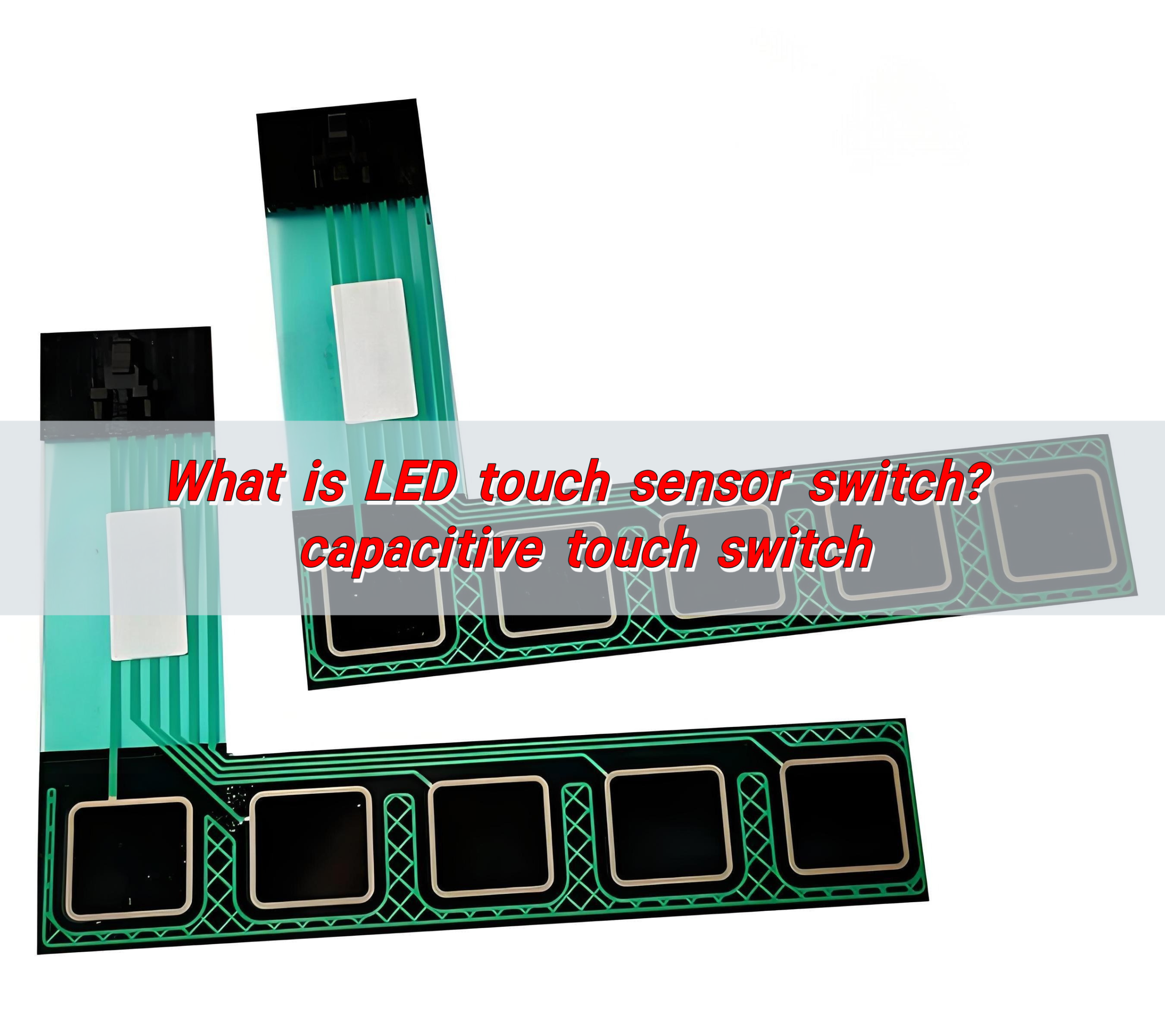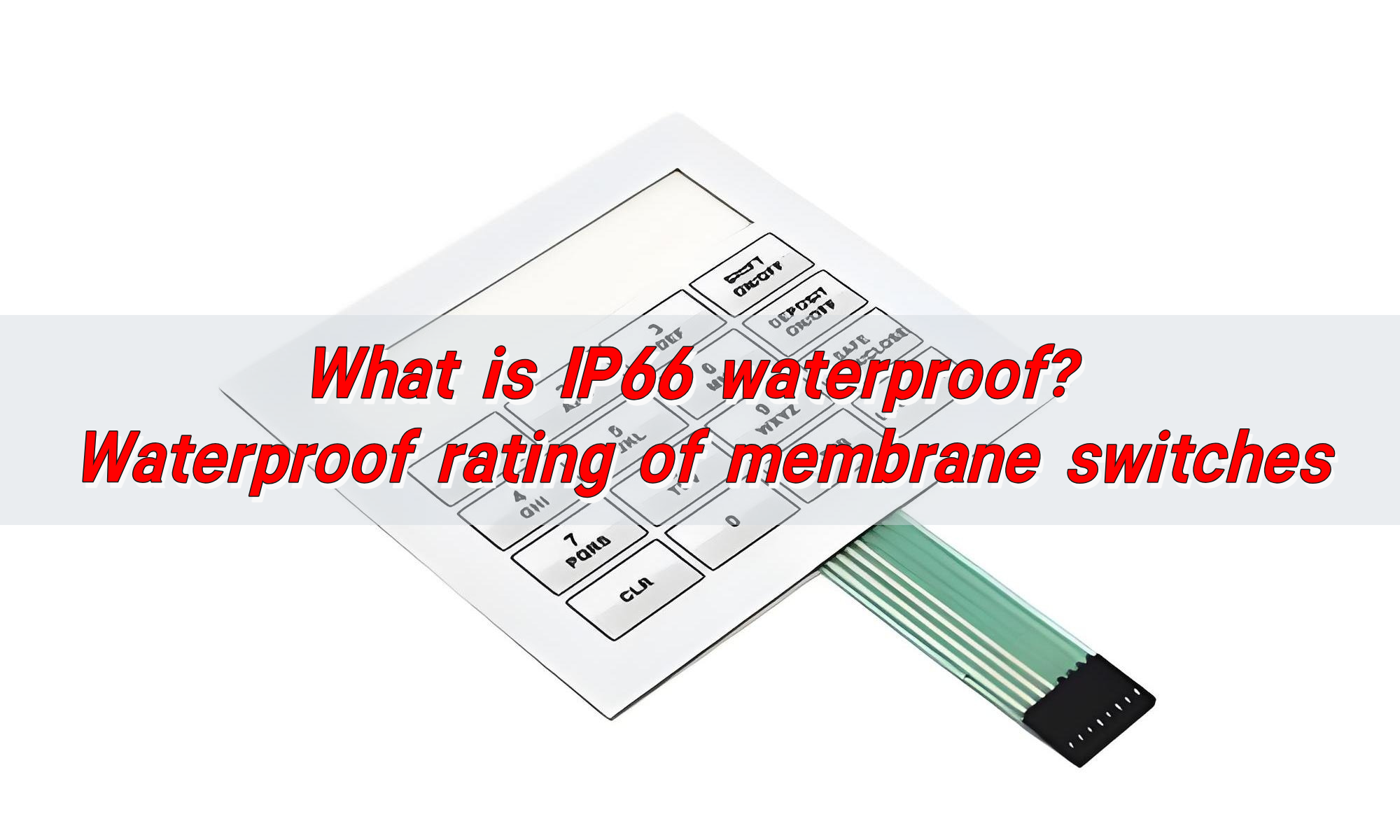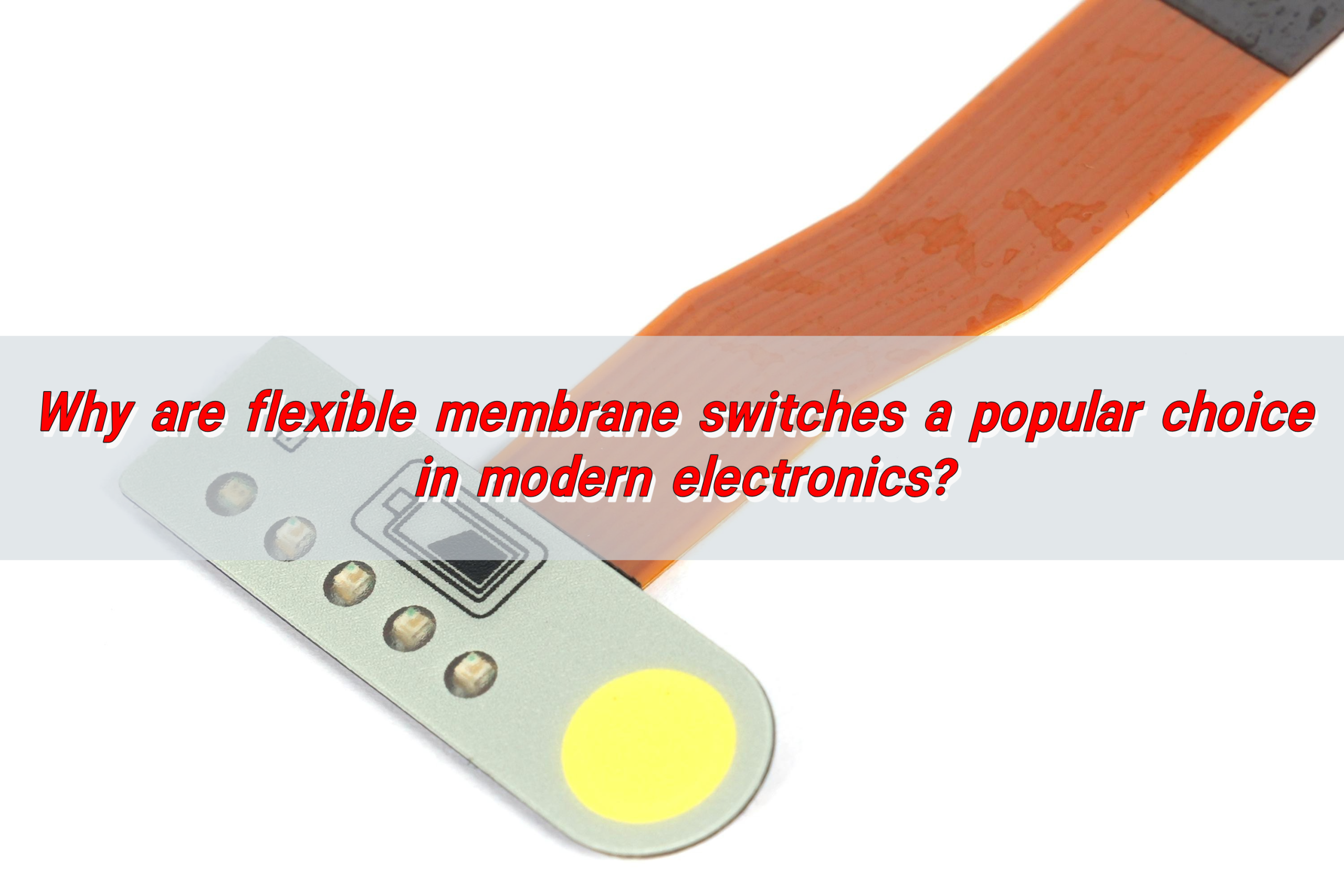
General Inspection Methods and Steps for Membrane Switch Panels
General Inspection Methods and Steps for Membrane Switch Panels
We know, quality is the core of a product, so we always proceed many inspections and measurement of membrane switch to make sure the high quality and reliability. Below are some generally methods and inspect items in Yu An electronics, from this you can know how we guarantee the quality of the membrane keypads.
1. Shape
Verify the shape of the membrane switch, including the outline, conductor traces, insulation treatment, and materials used, ensuring compliance with the provided drawings or physical samples.
2. Material
Check the materials used in the membrane switch, such as panel, substrate, silver paste, carbon ink, adhesive, stiffener, and insulation printing, confirming adherence to the specifications outlined in the drawings.
3. Visual Quality Inspection
The visual inspection including several items, for example:
Panel:
Ensure absence of defects affecting readability, such as missing strokes, stains, translucent spots, ink removal, color spots, scratches, and residual glue. Additionally, deviation of the panels also is rejected, the acceptable deviation tolerance is: printing≤0.2mm, layers to layers ≤0.3mm.
Circuit:
No any stains on the circuits, including foreign objects, stains, bumps, grease, fingerprints, or burrs along the edges.
Conductive Silver
Assess uniformity, smoothness, thickness (typically 7-12μm), and absence of defects or punctures.
Carbon Ink
Ensure complete coverage over silver lines, uniform thickness (8-10μm), and absence of significant silver protrusions.
Insulation Printing
Confirm no insulation ink residue on contact points, with smooth surface and no defects affecting insulation.
4. Color Verification
Utilize visual inspection and color difference meters for precise color comparison against approved samples, ensuring consistency and accuracy.
5. Ink Adhesion Test
Apply transparent tape over inked areas, press firmly to eliminate air bubbles, and swiftly peel off after 10 seconds, checking for ink adherence. Additionally, test ink adhesion by affixing surfaces together, applying pressure, and ensuring no ink transfer after 24 hours.
6. Bubble Quality Inspection
Assess bubble height and uniformity of pressure application (57-284g for flat switches, 170-397g for tactile switches).
7. Peel Strength Test
Measure adhesive peel strength, ensuring it meets or exceeds 8N/25mm.
8. Flexural Strength Test
Evaluate the resilience of silver paste, carbon ink, or covered silver lines after 180-degree folding and manual pressure application, ensuring no increase in resistance exceeds 300% after five cycles.
9. Hardness Test
Apply 1kg force with an H-grade drawing pen at a 45-degree angle to the lines, ensuring no ink peeling or transparency occurs.
10. Dimensional Inspection
Verify dimensions according to allowable tolerances specified in the drawings.
11. Resistance Test
Ensure line resistance does not exceed 100Ω, with specific requirements outlined for longer lines or special cases.
12. Insulation Resistance Test
Confirm insulation resistance exceeds 500MΩ (500VDC for 1 minute) in normal and environmental conditions.
13. Lifespan Test
Conduct contact cycle tests, with non-spring contacts rated for 1 million cycles and spring or tactile contacts for 500,000 cycles.
14. High-Temperature Test
Subject the membrane switch to 55±2℃ for 72 hours, followed by visual and resistance checks.
15. Low-Temperature Test
Expose the membrane switch to -10±3℃ for 16 hours, then conduct resistance measurements.
16. Constant Humidity Test
Perform a 96-hour test at 40±2℃ and 93% relative humidity, followed by recovery and measurement checks.
17. Salt Spray Test
Expose the membrane switch to a 5% sodium chloride solution at 35±2℃ for 72 hours, followed by recovery and insulation resistance measurement.
Above mentioned are the general inspection process during the manufacturing, of course, some special measurements also will be performed if customers required. Welcome to contact us if you want to know more about Yu An electronics.

What is LED touch sensor switch? capacitive touch switch
The LED touch sensor switch is an electronic component that combines an LED light and a touch sensor. It controls the on and off of the LED light by touching it, achieving energy-saving and convenient lighting control. It uses capacitive sensing technology to detect human proximity or touch, thereby controlling the on and off of ...

What is IP66 Waterproof? Waterproof Rating of Membrane Switches
The IP66 waterproof rating means that the device is completely protected from dust ingress and can withstand strong water jets. The waterproof rating of membrane switches can usually reach IP67, which is achieved through special processes and materials to ensure its reliability in humid or rainy environments. This performance makes membrane switches suitable for scenes ...

Why are flexible membrane switches a popular choice in modern electronics?
Flexible membrane switches are popular in modern electronic products due to their flexibility, thinness and economy. They not only adapt to complex curved surfaces and achieve flexible design, but also have environmental adaptability such as waterproof and dustproof. In addition, they support multi-function integration, such as LED indicators and sound feedback, to enhance user experience. ...
Contact us online